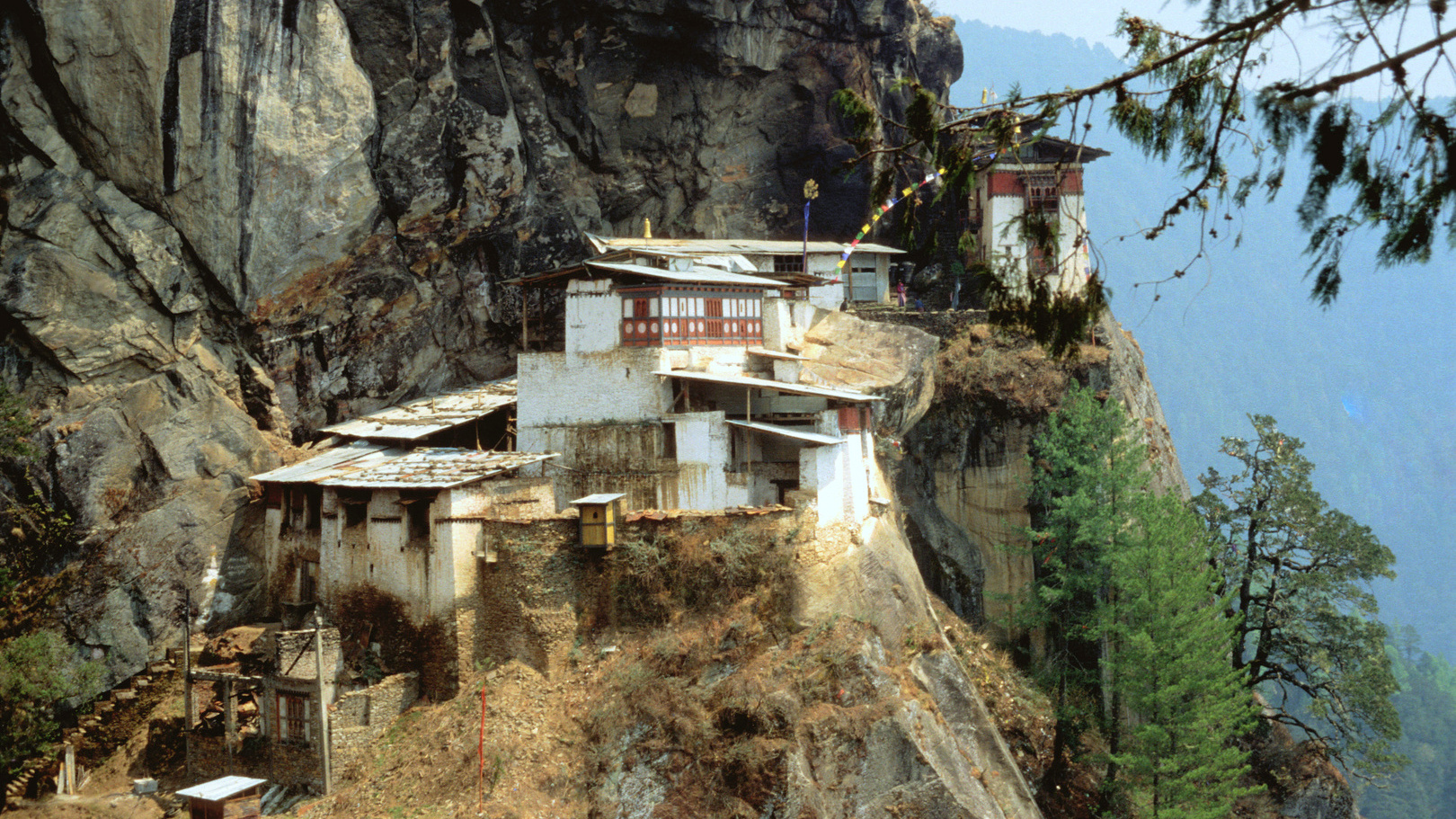Embark on an extraordinary journey with Amen Bhutan Tours and Treks as we unveil the mysteries enshrouding the iconic Taktsang Monastery, a jewel nestled in the heart of the Eastern Himalayas. Known as Tiger's Nest, this sacred site stands as a testament to Bhutan's rich cultural heritage, blending spirituality with awe-inspiring architecture. As you join us on a pilgrimage to Taktsang Monastery, prepare to be captivated by the legends of Guru Rinpoche's mythical flight on the back of a tigress, the gravity-defying construction clinging to the edge of cliffs, and the hidden caves harboring ancient secrets. Together, we'll explore the spiritual vibrations and mystical encounters that make Taktsang Monastery an unparalleled destination for those seeking a profound connection with Bhutan's cultural and religious tapestry.
History of Taktsang Monastery
Significance of the Taktsang monastery
Sacred Spaces of Tiger Nest Monastery
How does the Tiger's Nest Monastery contribute to the tourism industry in Bhutan?
Taktsang Monastery, or Tiger's Nest, significantly contributes to Bhutan's tourism industry by serving as a major cultural and pilgrimage attraction. First, its iconic location on a cliffside in the picturesque Paro Valley attracts a substantial number of international and domestic tourists, boosting tourism revenue. Second, the challenging trek to reach the monastery provides adventure seekers with a unique and memorable experience, enhancing Bhutan's appeal as an adventure tourism destination. Third, the monastery's cultural and religious significance draws pilgrims and spiritual seekers, adding a spiritual dimension to Bhutan's tourism offerings. Fourth, the conservation and restoration efforts following the 1998 fire have garnered international attention and support, promoting sustainable tourism practices. Lastly, Tiger's Nest has become a symbol of Bhutan's rich cultural heritage, contributing to the country's positive image and attracting visitors interested in exploring its unique traditions and history.
In concluding our exploration of the mysteries surrounding Taktsang Monastery, Amen Bhutan Tours and Treks invite you to embrace the enchantment that awaits at this sacred haven. As we bid farewell to the spiritual energies and hidden wonders of Tiger's Nest, our journey remains etched in the tapestry of Bhutan's cultural legacy. With each step taken on the challenging trek, pilgrims and travelers alike find a profound connection to the divine, a connection that lingers long after leaving the cliffside marvel. This pilgrimage is not merely a physical journey but a transformative experience that transcends the ordinary, leaving an indelible mark on the soul. Let Amen Bhutan Tours and Treks be your guide to the mysteries of Taktsang Monastery, where spirituality and adventure converge in the pristine landscapes of Bhutan, offering an unforgettable encounter with the sacred and the sublime.



